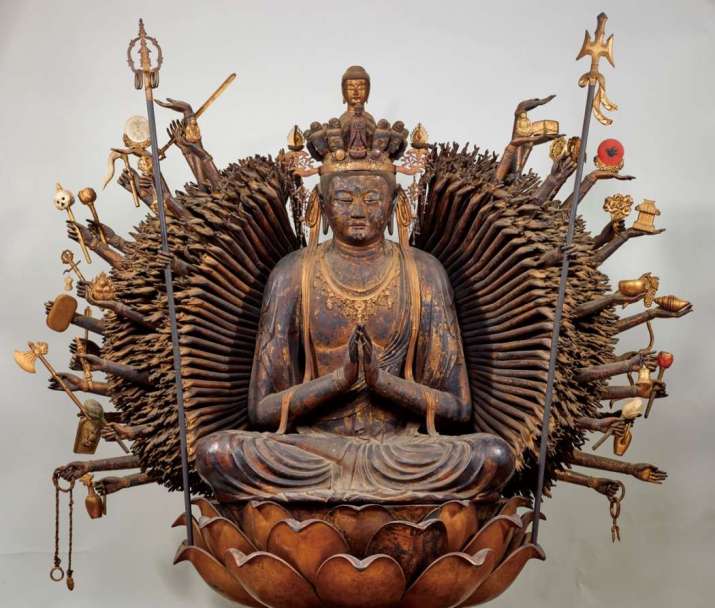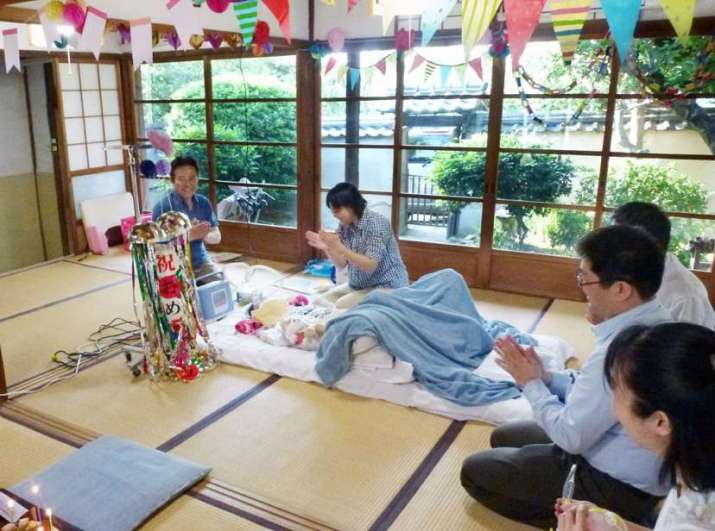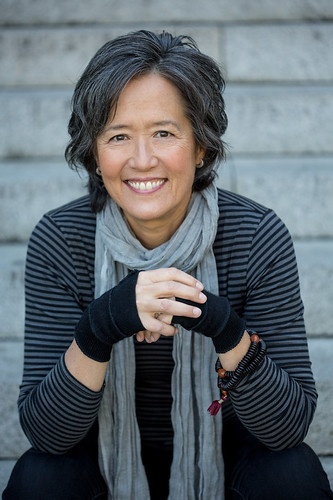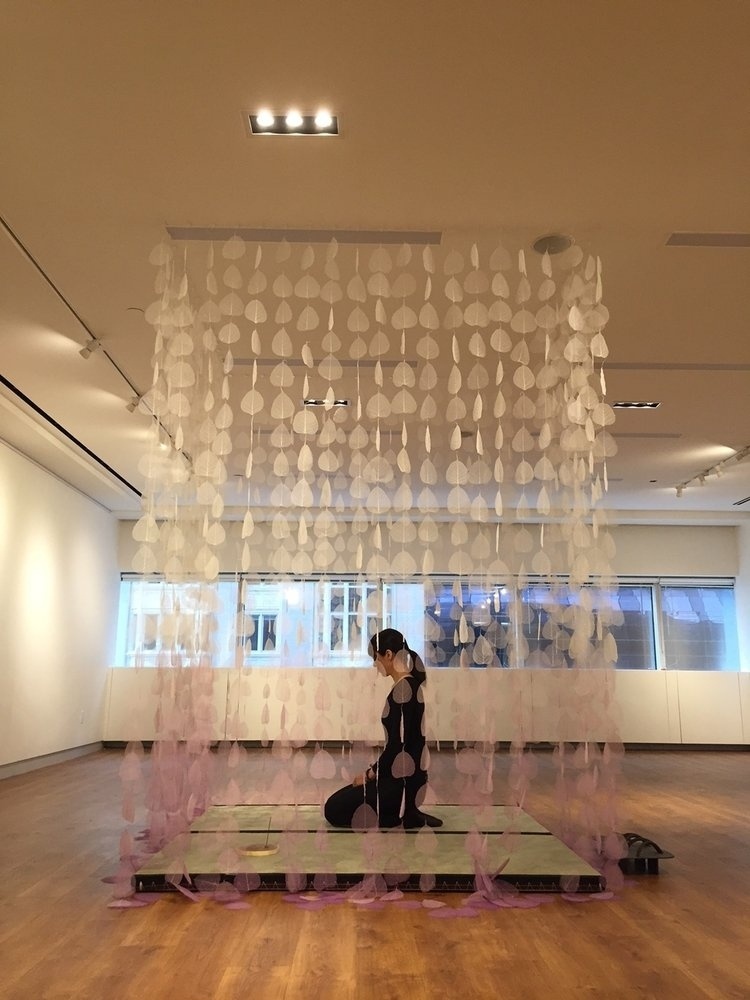
Ancient Masterpieces of Buddhist Art at Tokyo National Museum
Rare collection of artifacts from Japanese esoteric…

Rare collection of artifacts from Japanese esoteric…

Buddhist compassion and social engagement

Digital mokugyo aids sutra recitation while drumming

In my previous articles in this trilogy, I explained the philosophy of Tiantai Buddhism and why it appeals to me. Unlike the philosophically rich Huayan,

Using ki, water, and ink to express impermanence

Buddha’s perspective on suicide and Theravada…

The Japanese Zen master Dōgen (1200–53) famously said, “To study the Buddha way is to study the self.”* A popular meditation manual known and used

“Ultimately, all the creative arts are testaments to the foundational truths of Buddhist principles,” says Canadian-American writer Ruth Ozeki. Whether tracing the themes of interdependence

Whenever I teach Japanese Buddhism, whether in the Americas, Europe, or East Asia, I frequently run into the same assumption among students that Buddhists, for

Miya Ando’s painting Yugen Gold Blue is a Zen koan of sorts. The nocturnal seascape, lit by the hazy glow of a rising moon, is at once a portrait

In my previous article,* I introduced a method of reading Japanese Buddhist texts, especially writings by the Japanese Zen master Dōgen (1200–53).** Here, I would

Victoria Montrose (“Tori” to her friends, a fittingly Japanese epithet) has been immersed in Japanese culture since childhood. Victoria was four when her American father